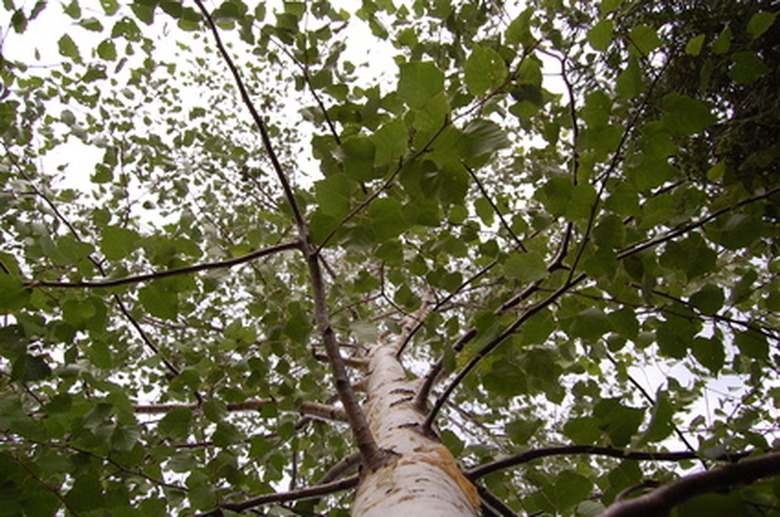The Best Time To Trim Ash Trees
Ash trees make good shade trees in the home landscape if provided with adequate trimming. These trees prove susceptible to winter damage due to their brittle wood, making trimming an important factor in maintaining the desired shape as the tree matures. Trimming ash trees at the proper time encourages healthy growth and development without compromising the tree and increasing the risk of disease or insect infestation.
Season
Most trees perform best when trimmed in the spring, according to University of Illinois Extension. Some trees, including oak, ash and elm, thrive with late summer or fall trimming. Ash trees should be trimmed in the fall. Avoid trimming ash trees in the summer, when stressed ash trees prove most susceptible to the ash borer.
Frequency
Trimming young ash trees on an annual basis prevents weak branch unions. This reduces breaking limbs in later years. Trimming mature ash trees at least once every three to four years preserves the proper shape. Light annual trimming removes dead or broken branches resulting from storms and winter damage.
Trimming Tips
Topping trees, the process in which the tops of trees are sheared, causes growth problems and weak branch attachment. Ash trees already exhibit problems with weak wood, so topping these trees leads to even greater problems with breaking limbs. Cut close to the trunk and avoid leftover stubs to reduce the risk of insect problems. Trim only dead or diseased branches, those growing toward the center of the tree and those creating narrow angles to keep ash trees looking their best without compromising their health.
Considerations
Trimming trees always provides the opportunity for insect or disease entry. Use sharpened pruning tools and prune at the optimal time to reduce these risks. Dull pruning tools require twisting and pulling to remove branches. This increases the injury to the tree, leading to a more stressed tree with a higher susceptibility to problems.
